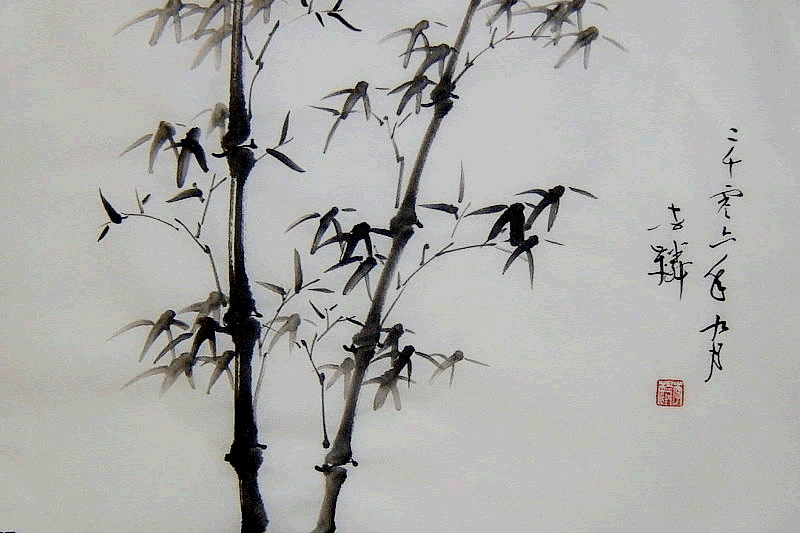All across the world, there have been many attempts to try and create a significant and forever understood message for the future generations. Translated as “beautiful writing” calligraphy is a multi-cultured ideal and is used all across the globe – but what is Chinese culture and arts main relevance to calligraphy?
In its earliest years until even today for some, calligraphy has been revered. Seen as an incredible art form that was simply unmatched in any other format, and more than just decoration, it was seen as one of the best ways for one to express their emotions and feelings. It was the ultimate form of expression, and much like poetry what you wrote was every bit as important as how you wrote.
From the materials used to the literacy levels within the actual piece, everything about calligraphy was taken to immediately. It stood out from more traditional forms of art, and really gave people a way to project their feelings and emotions out into a wider audience with craft and flair. So what is Chinese culture when you take away calligraphy?
You would instantly be taking away a rich, integral part of Chinese art history for a start. No other country has such a long bond with this art form – the early inscriptions were found back in the Shang Dynasty of 1100 B.C.E! Calligraphy was, at the time, deemed a key part of political authority and helped to give talented writers a chance to succeed and move up the ranks of the noble and the rich.
By the time of the Han Dynasty, which spanned from 206 B.C.E to 220 C.E., the characteristics of calligraphy had begun to change immensely. At this time, ink and paper were far more common and mastered parts of the human armory, so calligraphy and reading & writing improved a result of these improvements.
When paper was first invented by the Chinese, it became a spark for an artistic revolution. With a cost-effective equivalent to silk for writing upon and practicing calligraphy, many more took to the art and from there, China’s art culture began to grow almost at will. In fact, due to the immense popularity of calligraphy it has always been taken ahead of painting and other more traditional Western populated art forms.
Not only has it played a huge role in the cultural changes of Chinese history and the way that art has grown – it has played a great part in the role of politics and the changes that the China has seen over the millennia. They were also used in the form of clerical scripts to help record key events and historical moments in time.
However, it’s also important to note that in China both traditional art like painting and calligraphy share a key detail – they are both high visual art forms. They also always carry a second meaning, for example a gold fish when seen in a painting is to wish for prosperity and success. A goldfish is also homophonic to the characters for “gold” and “jade” – so you can instantly see the similarities between the art forms in Chinese culture.
There is no doubt, though, that calligraphy has helped shape the entire style of Chinese culture, art and expression. It gave way for a reverence of writers and readers, allowing a new sector of Chinese society to rise, gain fame and prominence and in time help the country develop and expand even further.
